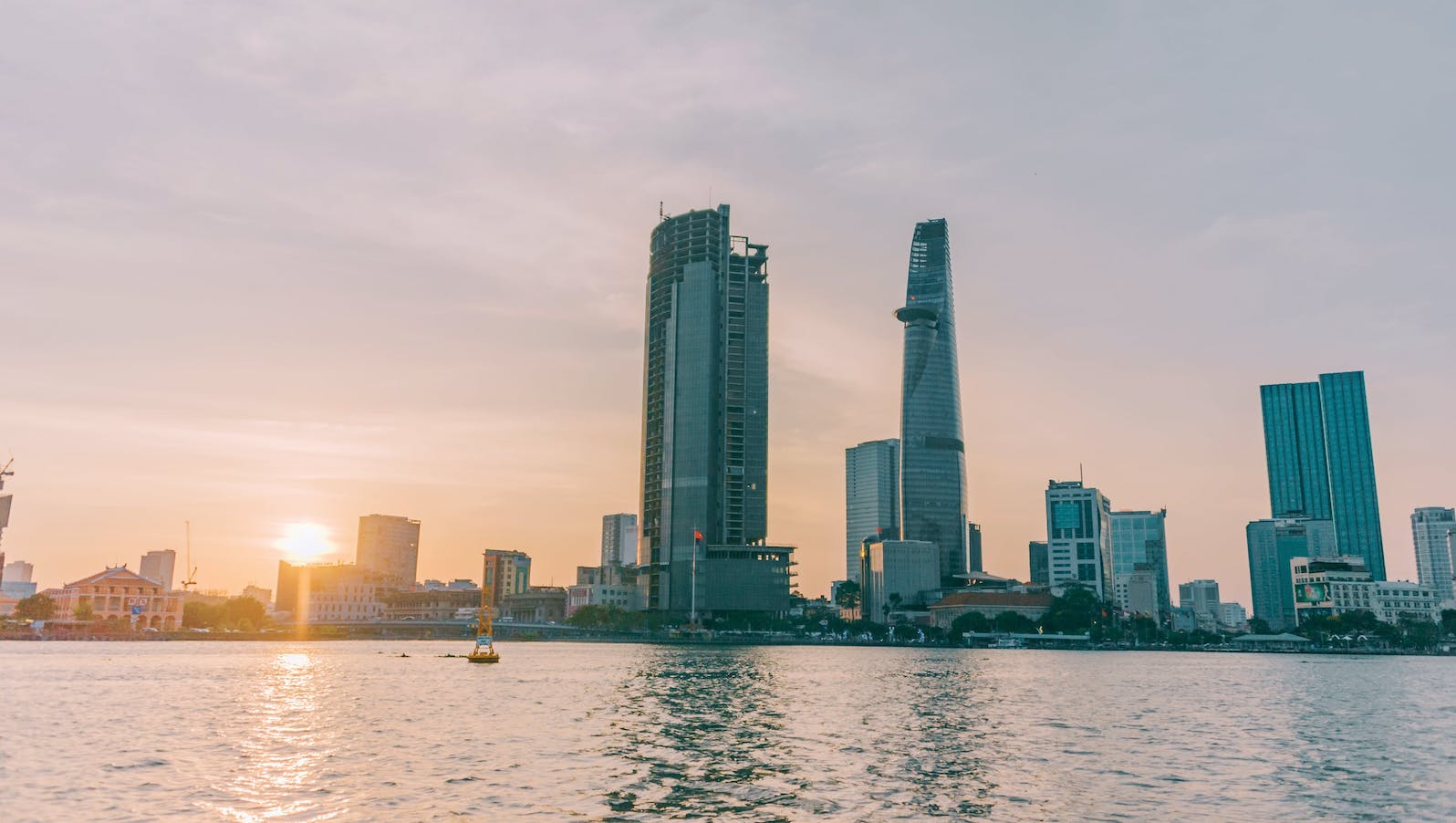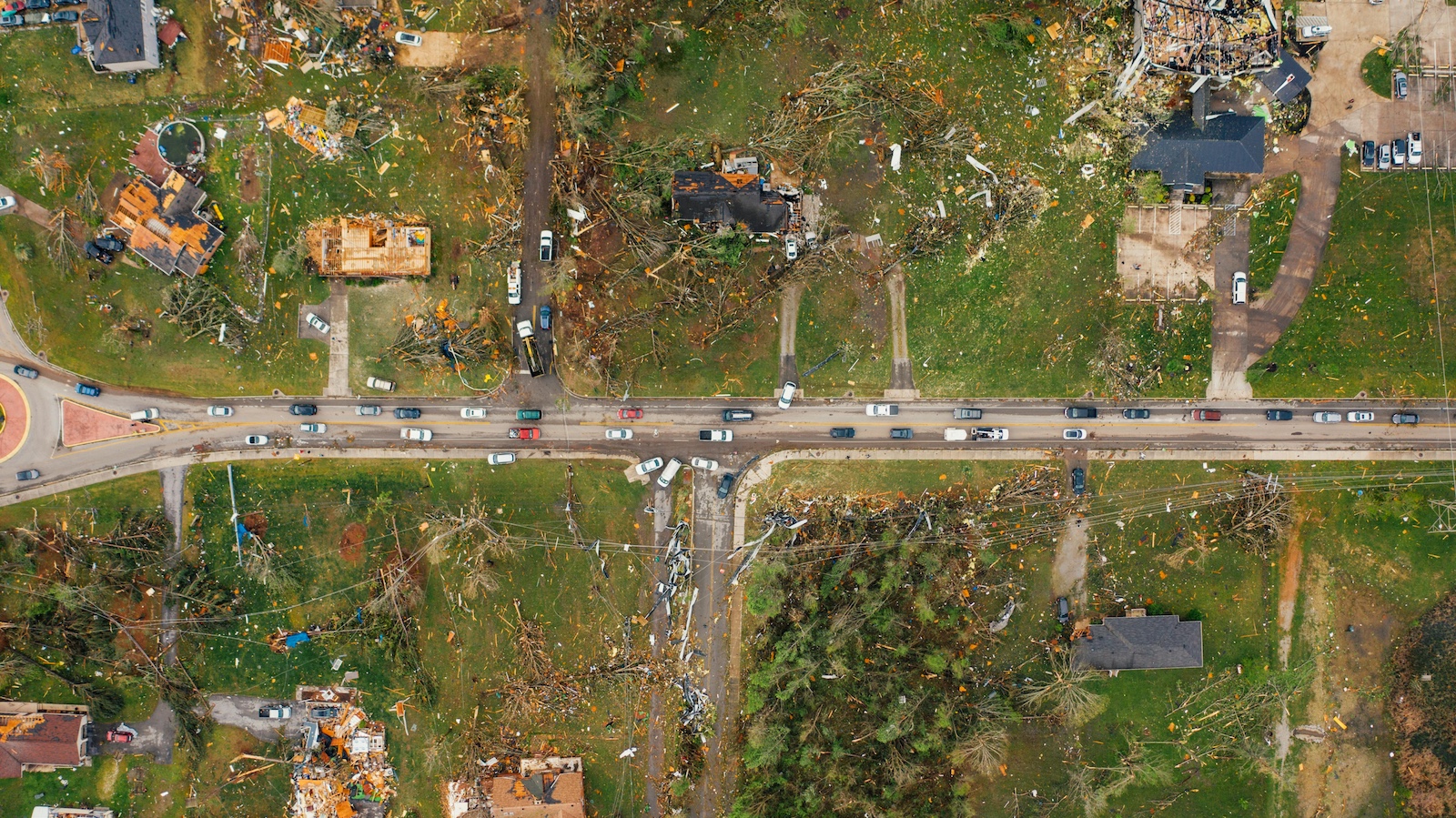KEY TAKEAWAYS:
--While building codes have long been set by local authorities, national standards are emerging for resilience in buildings.
--The commercial insurance community -- insurers, brokers and property owners alike -- must begin to develop and implement an organizational mindset for property resilience.
----------
The history of the standards we use for how we build structures -- homes, apartments and commercial and manufacturing buildings -- has largely to do with regional authorities determining what criteria they need to meet to keep the occupants of the building safe. Building codes traditionally reside under the authority of local governments, which determine a bare minimum requirements for their jurisdiction. But the realities of a warmer climate are changing this framework.
The Biden-Harris administration recently launched an initiative to modernize building codes, improve resilience in buildings and reduce energy consumption and costs. The National Initiative to Advance Building Codes provides incentives and support for state, tribal and territorial governments to enact and enforce building codes. Adopting stronger building codes increases the resilience of structures and can help in meeting the U.S. decarbonization targets.
As the federal government provides guidance on the next era of building codes, the commercial insurance community -- insurers, brokers and property owners alike -- must also begin to develop and implement an organizational mindset for property resilience.
What Is Property Resilience, and How Do You Get There?
Property resilience is the ability to withstand shocks or stressors and, with relative speed, return to normal business operations. If a hotel in South Florida experiences flooding as a result of a Category 1 hurricane, how quickly can the facility welcome back its guests? If a distribution warehouse facility in Tornado Alley is built to withstand 100 mph winds, how quickly can it be expected for the warehouse to resume normal operations? Questions like these form the basis for an organization's approach to resilience, going beyond the simple framework of disaster, claim and recovery.
Resilience sits firmly inside the realm of things we think about when it comes to commercial insurance. But operationalizing resilience happens beyond securing revised terms of coverage when your policy is up for renewal.
Calculating Your Risk — What does it mean to calculate risk? An equation that helps us think about risk would be Hazard x Exposure x Vulnerability = Risk. The vulnerability of a particular building is the degree of loss of a specific type of element (building attributes) at risk given the intensity of the hazard.
See also: Business Resilience Will Be Tested
Resilience as an Investment Framework — We are already experiencing extreme weather events as a result of a warmer global climate. With that said, choosing to acquire or to build new assets from the ground up must also consider what it would take to make the most resilient edifice possible. Gone are the days of meeting local building codes exclusively for safety. Those with large commercial portfolios have a responsibility to consider potential impacts -- extreme weather, supply chain disruptions or pandemic -- and work back to mitigation efforts from there.
Planned or Existing Properties — Understanding your portfolio as it stands today, its collective resiliency measures and how to build or acquire to reduce risk in the future is also a necessary component in crafting a framework for resilience. If you have an office building in Northern California that is located in an area prone to wildfire, but was built in 1986, how do you retrofit that building to survive a fire? Is it sensible to invest in retrofitting with fire protection measures? Might the cost of covering the building point to retaining the risk yourself? Outlining a methodology for making decisions like these will increasingly lead, not only in pursuing insurance but in how portfolio level decisions are made.
Building for Resilience — Despite the challenges we face as a result of a warming climate, capital will always seek deployment. If capital is deployed (in the form of new property assets), it makes sense that those assets be built with the latest types of mitigation technologies. Even if doing so raises the price of the structure as a whole, it stands to reason that the extra cost will be covered both in terms of lower insurance premiums and the ability to withstand outside stressors. Though it may be tempting to avoid the additional costs, the future necessitates an aggressive approach that can save time, money and capital when disaster strikes.
The road to the next generation of building standards in the era of climate change will certainly be long. But starting the practice of asking how resilience can be a part of the entire property lifecycle -- from acquisition, to operations, to liquidation -- will take your organization a great distance in protecting and maximizing assets, even in the midst of a warmer climate.






